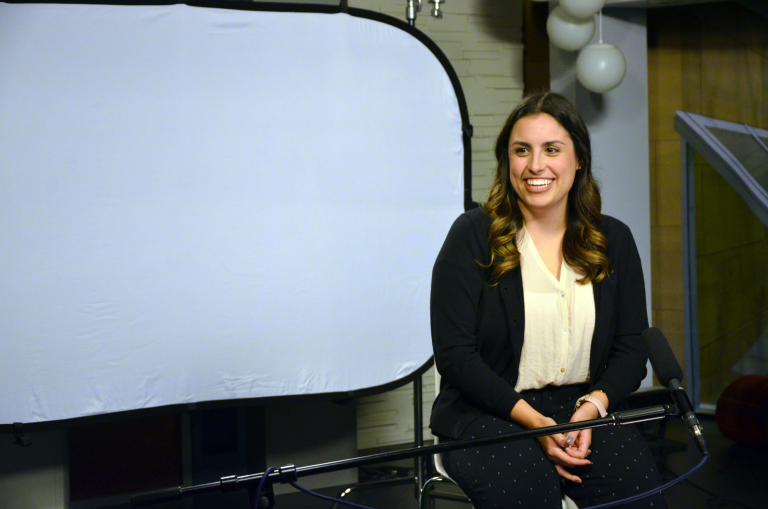Intentions. Objectives. Resolutions. Targets. No matter what you call them, goals help to guide us to a better future – both in business and in life. At the most basic level, the idea of goal setting is based on the principle that conscious objectives affect action. In an ideal world, we decide what we want, then set goals to achieve it.
The only problem is we don’t live in an ideal world. Most people contend with competing obligations and multiple personal and professional roles, and it’s hard to find the mental space to clearly see what we want, let alone create a plan to achieve it.
One way to approach this challenge is by identifying what brings you joy and then charting a course to help you experience more of that.
This is how David Novak decided to make the move from the world of marketing to operations — the path that ultimately led him to become co-founder and CEO of Yum! Brands. While working at an ad agency, David realized he took joy in delivering value for his clients, and in his position that was often difficult because he had pitch ideas he knew weren’t right for the clients. This insight led David to set his sights on a new destination — the leader of a company.
David called this destination his “Single Biggest Thing,” and at the Novak Leadership Institute, we teach students and professionals the power of this concept to change their lives and careers.
Start with your joy builders and joy blockers
The first step toward determining your destination is to reflect on where you are now. One of the most powerful ways to do this is by starting with the simple concept of joy. David describes this philosophy of his book, "Take Charge of You".
Have you ever noticed how you feel different when you are doing something that you want to do vs something you have to do? When you are doing something that aligns with your interests and values, the activity has meaning and can feel joyful. Time flies, and you are having fun. On the other hand, doing things out of obligation often lacks that sense of joy. The activity doesn’t hold as much meaning, and it seems harder and takes longer to complete.
To help better understand the role of joy in your life or work, make a list of both joy builders and joy blockers using these prompts.
Joy builders
- Think of a time when you were the most engaged in a project. What was it, and why was it so fulfilling?
- Think of your best days in the past month. What makes those days stick out in your memory?
Joy blockers
- Think of a time when you were the least engaged in a project. What was it, and why was it so unfulfilling?
- Think of your worst days in the past month. What makes those days stick out in your memory?
Let joy point you to your destination
After you have your list of joy builders and joy blockers, take a moment to see the themes that emerge. What activities do you want to do more? Less? Through these insights, you can start to build a picture of a different future, one in which you have more "best days" and fewer unfulfilling obligations.
Next, write down this destination. Congratulations, you have identified your Single Biggest Thing!
It’s OK if your Single Biggest Thing feels a bit overwhelming. In fact, it should. But remember, it’s a destination, and just like David didn’t go directly from the ad agency to the C-suite, you will not make it to your destination today or even tomorrow. It will be a journey. But if the goal is experiencing more joy in your life, then it’s a journey worth taking.
